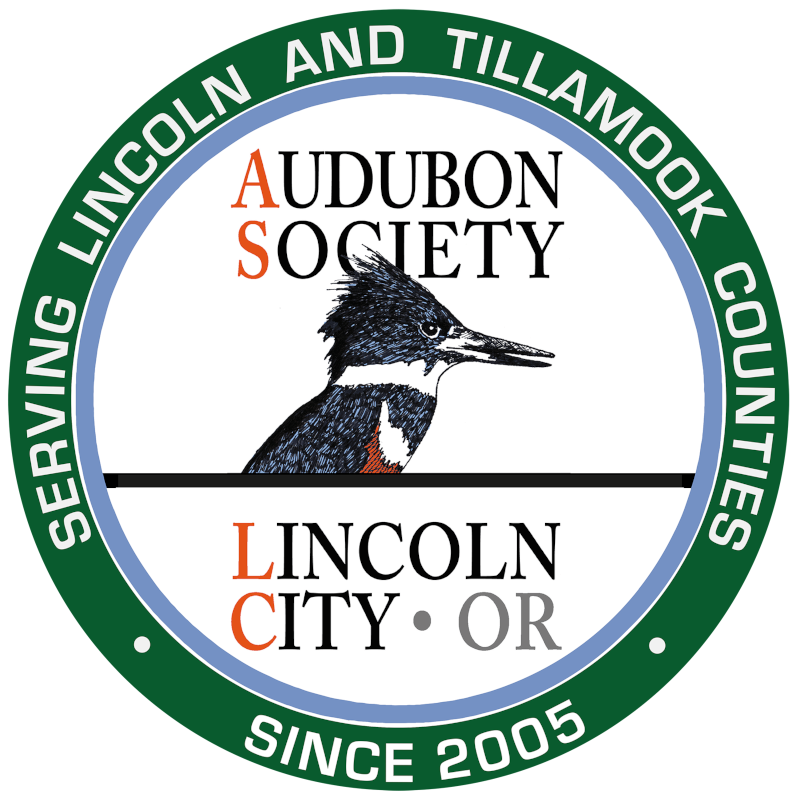Rocky Habitat FAQs
What is the Rocky Habitat Management Strategy?
Also referred to as Part 3 of Oregon's Territorial Sea Plan (TSP), the Rocky Habitat Management Strategy is the coordinated management framework used to manage Oregon's coastal rocky habitats zero to three miles from shore. The strategy includes both coast-wide and site-specific management recommendations.
The goal of the strategy, adopted May 6, 2020, is: "... to be a coordination and adaptive planning framework focused on the long-term protection of ecological resources and coastal biodiversity within and among Oregon's marine rocky habitats, while allowing appropriate use."
The Management Strategy recognizes special rocky habitat areas along the Oregon coast that are in need of site-specific management using adaptable designations. These designations outline recommended management and goals based on the best available ecological and human use information. There are three protective designations in the Strategy, and some existing sites fall under those designations. Beginning in June 2020, others may be proposed by the public at any time.
How does this differ from Marine Reserves?
Marine Reserves and Marine Protected Areas were established by statute in 2008. Oregon has 5 Sites currently designated as Marine Reserves. Two of these, Cascade Head, and Otter Rock, fall within Lincoln and Tillamook counties; and two, Cape Falcon, and Cape Perpetua, fall partially within our two counties. Within the Marine Reserves all removal of marine life is prohibited, as is ocean development. Marine Protected Areas are adjacent to existing Marine Reserves and have similar, but somewhat less restrictive, regulations.
What are Rocky Habitats?
Rocky habitats, as defined in the Rocky Habitat Mangement Strategy, extend to the Territorial Sea boundary and include:
Rocky shoreline, including rocky upland (to the vegetation line) and rocky intertidal,
Submerged rocky reefs, and
Offshore rocky islands
Oregon’s Rocky Shores: a Place of Wonder
Aren't Rocky Habitats already protected as State Parks?
Past state leaders did a great of providing public access to the coast with the Oregon Beach Bill. And we have a number of state parks along the coast. But this designation does not protect the rich diversity of fish and wildlife habitat found along Oregon’s rocky shores, including our lush tide pools, nearshore reefs, underwater kelp forests and many important offshore rocks and islands. In fact, many coastal residents have raised concerns about unintended consequences and real damage in heavily trafficked areas on our coast. Lacking awareness, well-meaning visitors often trample rocks that harbor important wildlife and get too close to marine mammals like seals and their pups.
Recognizing this, the state of Oregon has created a rocky habitat designation proposal process to help protect rocky shores for education, research, and conservation. By working together to propose new protective designations, we can create more awareness of rocky habitats and support important research to better understand our changing ocean – all while keeping these amazing areas safe and open to the public.
What are the new protective designations?
Marine Research Area (MRA)
Boiler Bay Marine Research Area, photo by dawn villaescusa
Characterization: Relatively intact system that has, or may benefit from, scientific study and monitoring.
Goal: Maintain the natural system to support scientific research and monitoring while maintaining ecological integrity.
Lincoln and Tillamook MRAs are Boiler Bay and Pirate Cove
The Boiler Bay Marine Research Area includes “all rocky areas, tide pools, and sand beaches situated between extreme high tide and extreme low tide lying between a line projected due west from the mouth of Fogarty Creek, on the north, and a line projected due west from the westernmost tip of Government Point at Boiler Bay State Wayside on the south.”
Marine Education Area (MEA) also known as Marine Gardens
Yaquina Head Marine Garden, photo by dawn villaescusa
Characterization: High public visitation and educational potentiaL.
Goal: Protect rocky habitat resources to support public enjoyment, learning opportunities and maintain ecological integrity. These sites should be prioritized for providing enhanced education, enjoyment, public access, and resource awareness.
Lincoln and Tillamook Marine Gardens are located at Cape Kiwanda, Otter Rock, Yaquina Head, Yachats, and Cape Perpetua.
The Yaquina Head Marine Garden: The entire Yaquina Head area is part of the Yaquina Head Outstanding Natural Area (YHONA). An approximately 1.8 mile section of this coastline is one of Oregon’s seven marine gardens. The Yaquina Head marine garden encompasses “all rocky areas, tide pools, and sand beaches situated between extreme high tide and extreme low tide lying between the sand beach on the north, and the sand beach on the south of Yaquina Head. Includes rocky areas abutting the sand beaches on the north and south sides of the headland.”
Marine Conservation Area (MCA) formerly known as Habitat Refuges
Whale Cove Marine Conservation Area, photo by dawn villaescusa
Characterization: Relatively intact system with high ecological value.
Goal: Conserve the natural system to the highest degree possible by limiting adverse impacts to habitat and wildlife.
Management: This designation allows for different types of management prescriptions based on site conservation goals and needs.
Lincoln and Tillamook Marine Conservation Area is at Whale Cove.
Whale Cove is the only currently state designated Marine Conservation Area (formerly known as marine habitat refuge) in Oregon. The MCA includes “all areas in Whale Cove below extreme high tide east of a line drawn across the mouth of the cove."



